Recently, when I press the clutch pedal, a “shh” noise has been getting louder. The clutch isn’t slipping, but at the 100,000km milestone, I’d like to request an overhaul.
With this request, we accepted the clutch replacement for this final model Jimny Sierra.
2015 model ABA-JB43W M13A 5MT Mileage 100,000km
Manual transmission vehicles with three pedals have become extremely rare, but the “feel” of controlling a car is one of the reasons for their enduring popularity.
The manual transmission system is structurally less prone to pedal misapplication errors, which have become a social issue recently, making it a design that’s seeing renewed appreciation.
Now, regarding the noise that occurs when pressing the clutch pedal, I’m certain it’s an issue with the release bearing or somewhere nearby.
However, for a customer skilled in manual driving to need a clutch replacement on a Japanese car with just 100,000km seems quite premature.
Let’s take a look at the clutch components right away.
Clutch components located at the connection surface between the engine and transmission.
Replacement requires separating the transmission from the vehicle body. This time, the five M12 bolts connecting the engine and transmission were extremely tight, and combined with the narrow, recessed location, separating them was difficult.
The removed bolts show no signs of adhesion, so I think they were simply tightened strongly during manufacturing, but I’ve seen many videos and articles online about people struggling with this same task.
The service manual mentions that with the change from the early G13B engine to this M13A engine, connection strength was improved (63Nm → 94Nm).
Still, they were too tight. When the intense tightening that made even my Snap-on 24-inch breaker bar flex finally gave way with a loud “CRACK!!”, the socket and extension scattered across the workshop floor due to the momentum.
On this day, the maximum temperature reached 38.7°C, making the workshop hotter than body temperature. Each time I applied force to the breaker bar grip, sweat poured out from my entire body as if wringing a dishcloth.
After removing all connecting bolts, I carefully lowered the manual transmission body from the vehicle using a jack for support. Though small, it’s still painfully heavy for one person to handle alone.
In the center is the problematic release bearing.
When touching the rotating part with my finger, it makes a damaged “shaa-shaa” sound.
The NTN-manufactured release bearing

The tips of the diaphragm spring on the contacting clutch cover show considerable wear, creating a step.
On the other hand, the clutch disc wear isn’t too severe, with sufficient groove depth remaining, suggesting it could still be used for quite some time.
The owner who saw this expressed that it seems unnatural for the clutch to reach the end of its life before the disc wears out.
I completely agree, so I compared it with an Aisin-manufactured clutch of the same size (for Toyota Vitz SCP10) that lasted about 300,000km.
Left: Vitz, Right: Jimny Sierra
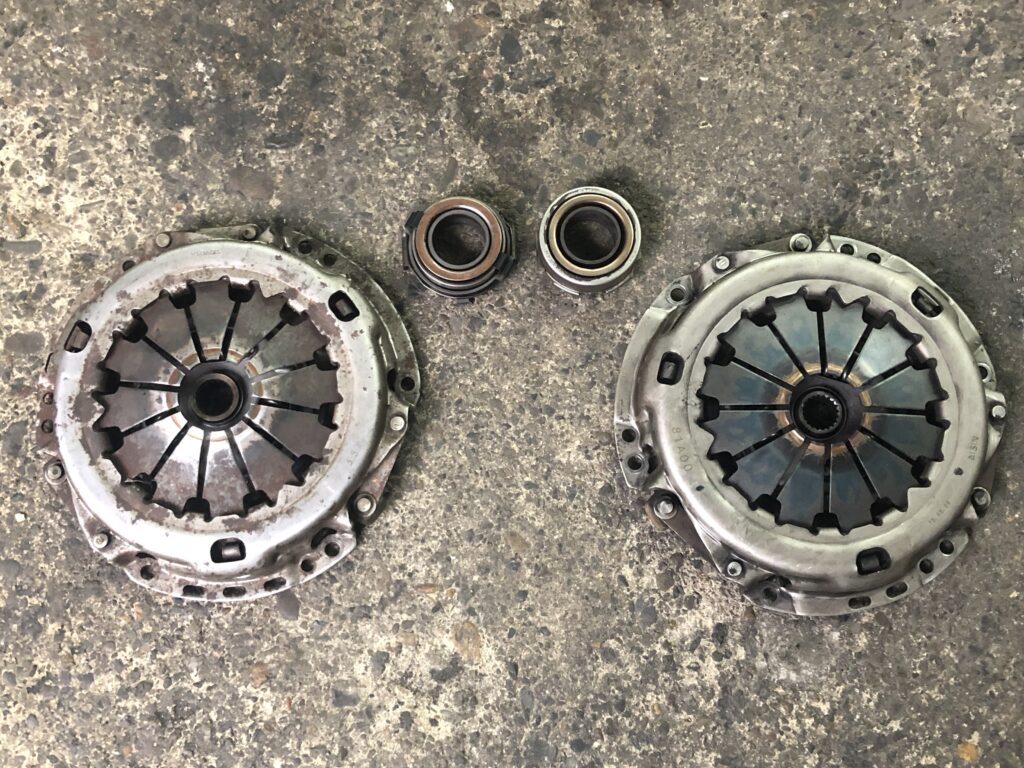
At first glance, the size and shape are so similar that you might think they’re common parts.
Below is a comparison of release bearings. You can see the difference in width of the contact area with the diaphragm spring.
Left: Vitz (NSK-manufactured), Right: Jimny Sierra (NTN-manufactured)

The Vitz’s contact surface has lower pressure, so despite long-term use, the diaphragm spring hasn’t worn much.
Furthermore, even with the same Aisin manufacturing, you can see ingenuity in the diaphragm spring design. The inner edge is curved, which I believe is to allow the release bearing to make more parallel contact.
There may be other differences beyond appearance, but the result is that the Vitz was able to use the clutch disc until the grooves were completely worn away.
Left: Vitz (Aisin-manufactured), Right: Jimny Sierra (Aisin-manufactured)
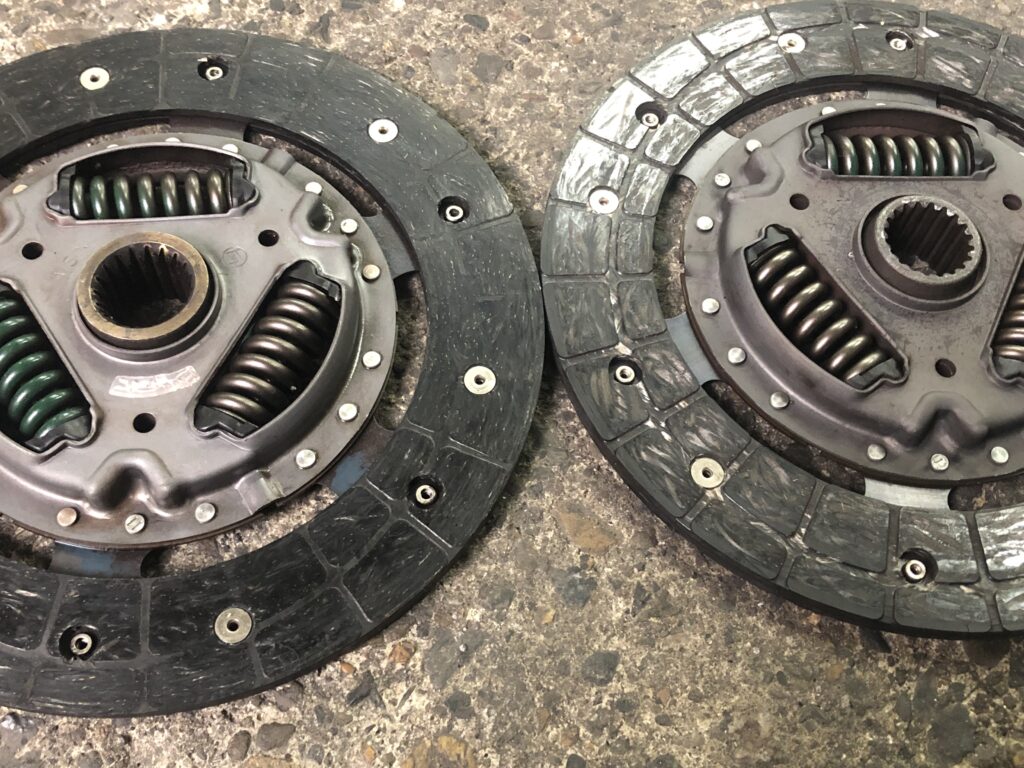
The Toyota logo engraved on Toyota genuine parts. It’s a testament to quality that sets them apart, and I believe that especially for Toyota, there’s no aftermarket alternative.
I happened to encounter clutch parts that are remarkably similar in appearance, but this time I chose Suzuki genuine parts because I didn’t have time to confirm compatibility.
The clutch parts seem to be common for both JB43W and JB23W. It might be interesting if Toyota genuine parts could be successfully used as an alternative.
|
|



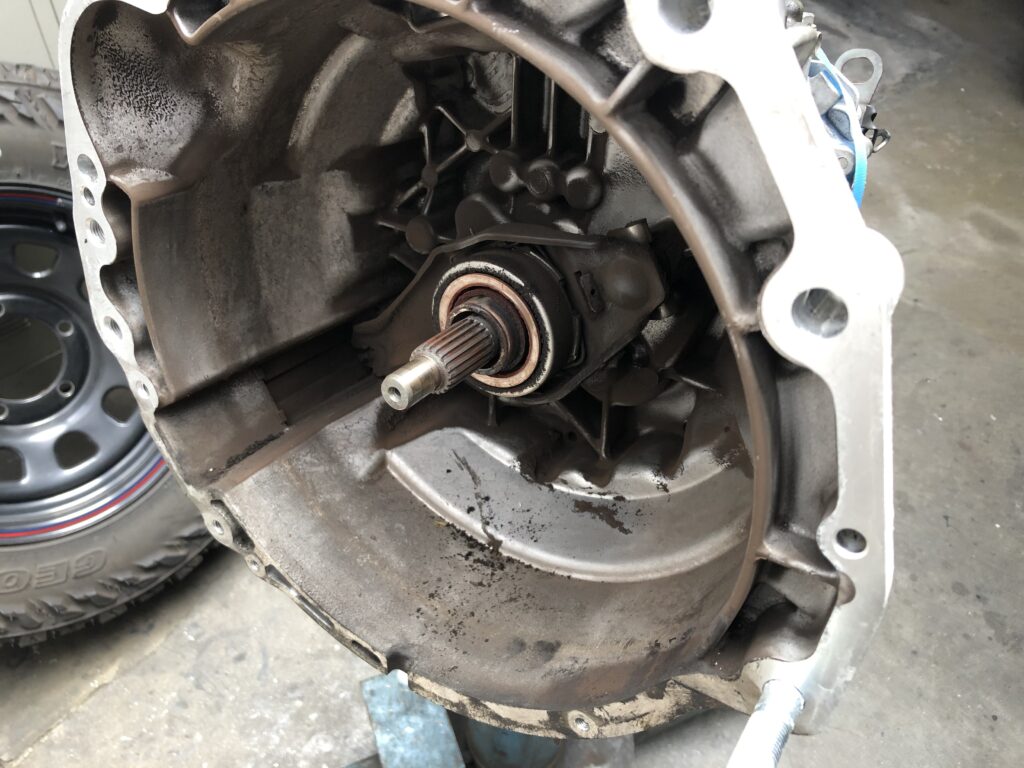
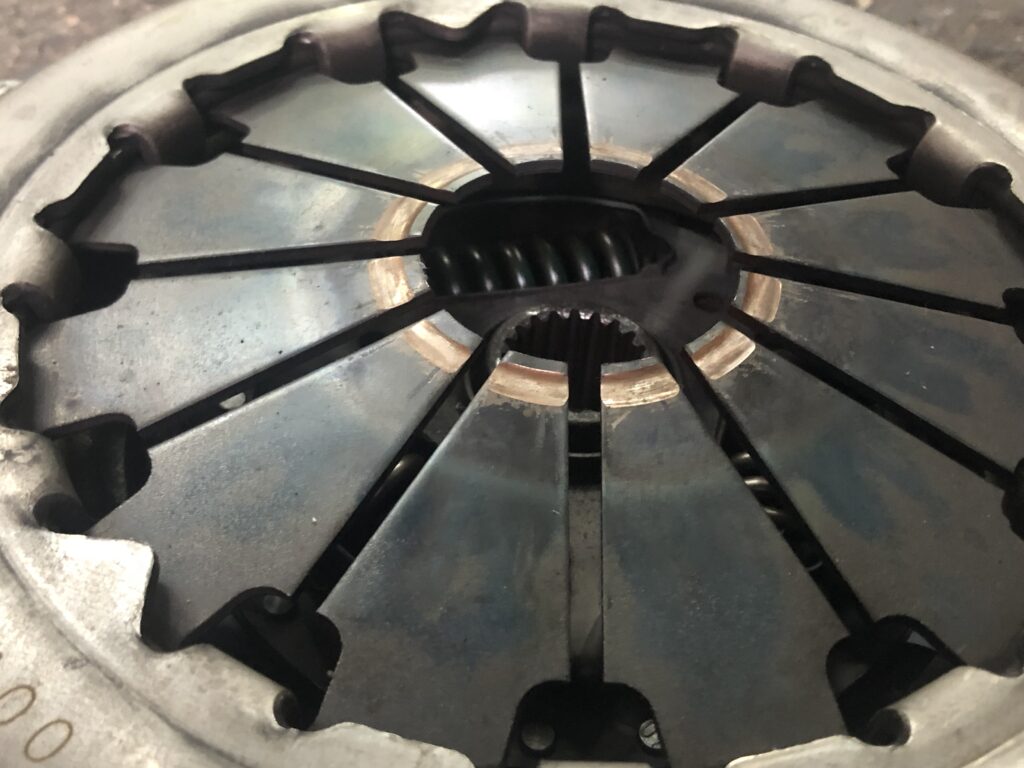
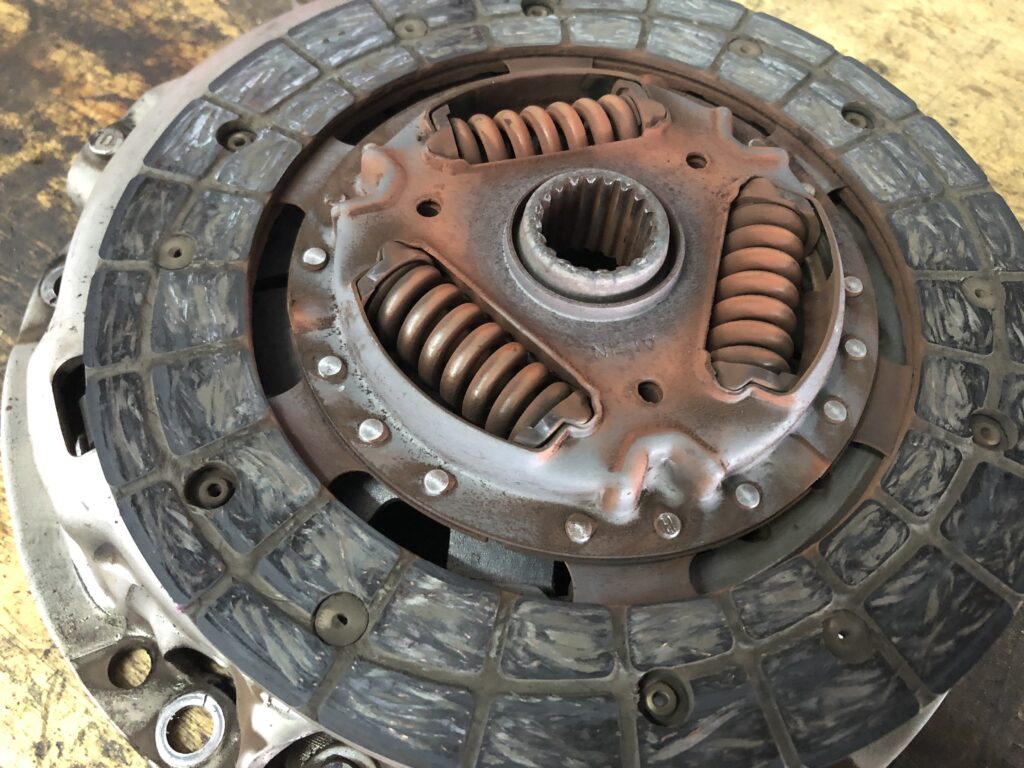
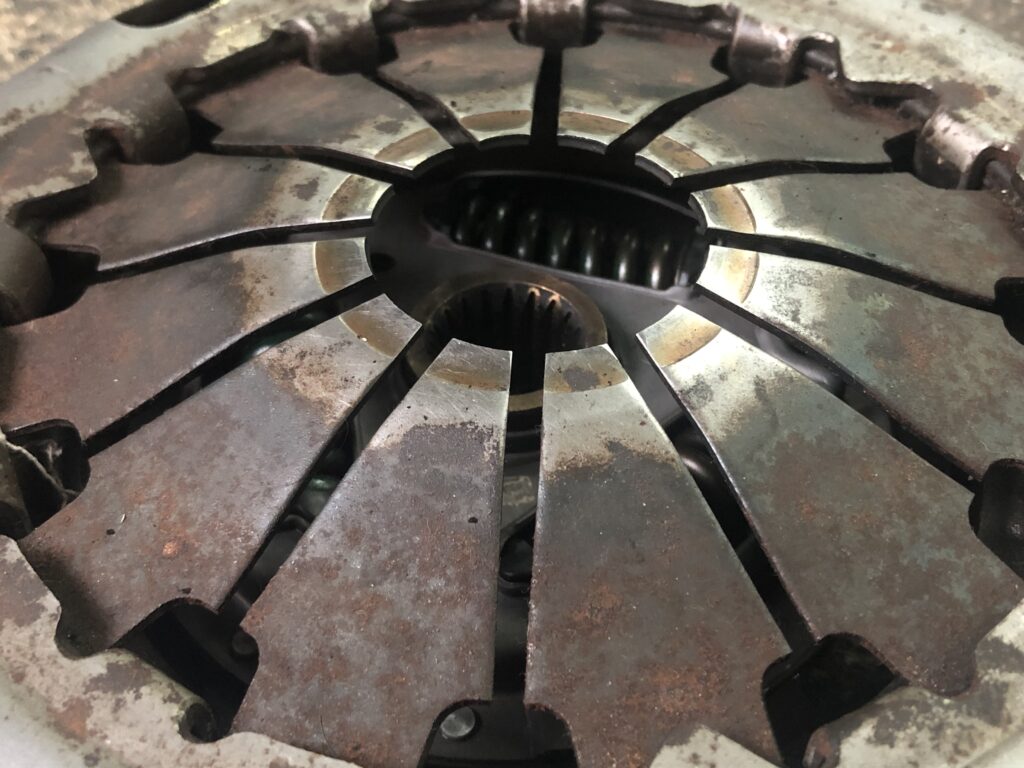

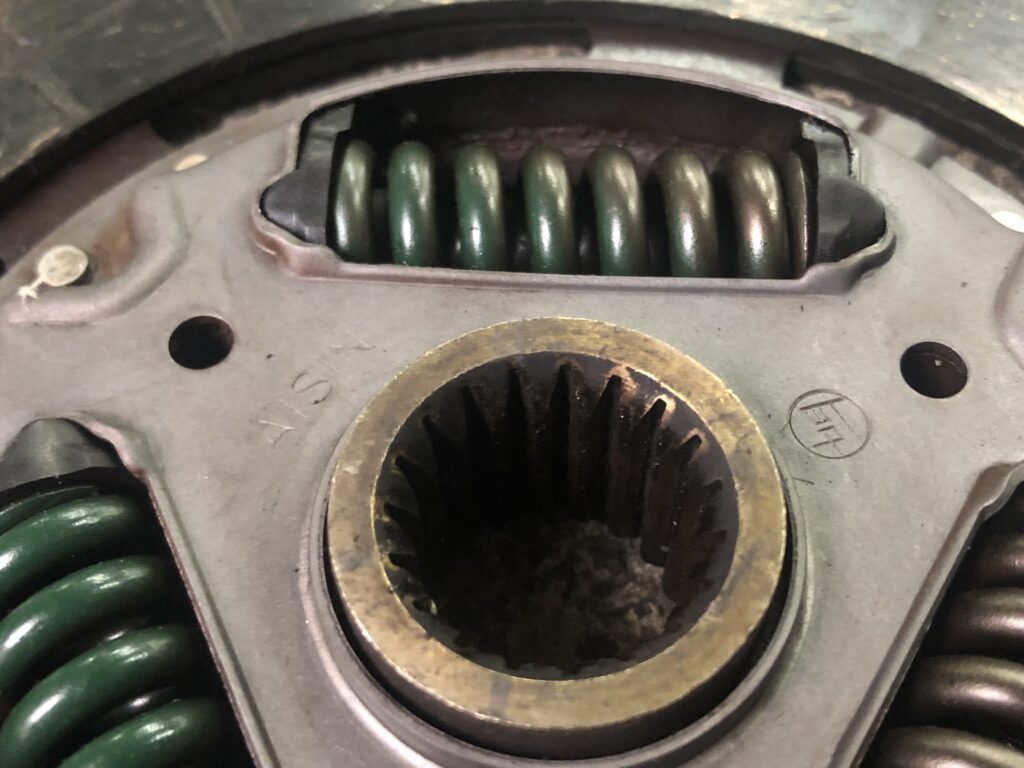
![[商品価格に関しましては、リンクが作成された時点と現時点で情報が変更されている場合がございます。] [商品価格に関しましては、リンクが作成された時点と現時点で情報が変更されている場合がございます。]](https://hbb.afl.rakuten.co.jp/hgb/0f18df7d.6edcffa7.0f18df7e.f28d84d8/?me_id=1260042&item_id=10155826&pc=https%3A%2F%2Fthumbnail.image.rakuten.co.jp%2F%400_mall%2Fauc-yabumoto%2Fcabinet%2Ftatenpo3%2Fr-ack009-01.jpg%3F_ex%3D240x240&s=240x240&t=picttext)

Leave a Reply